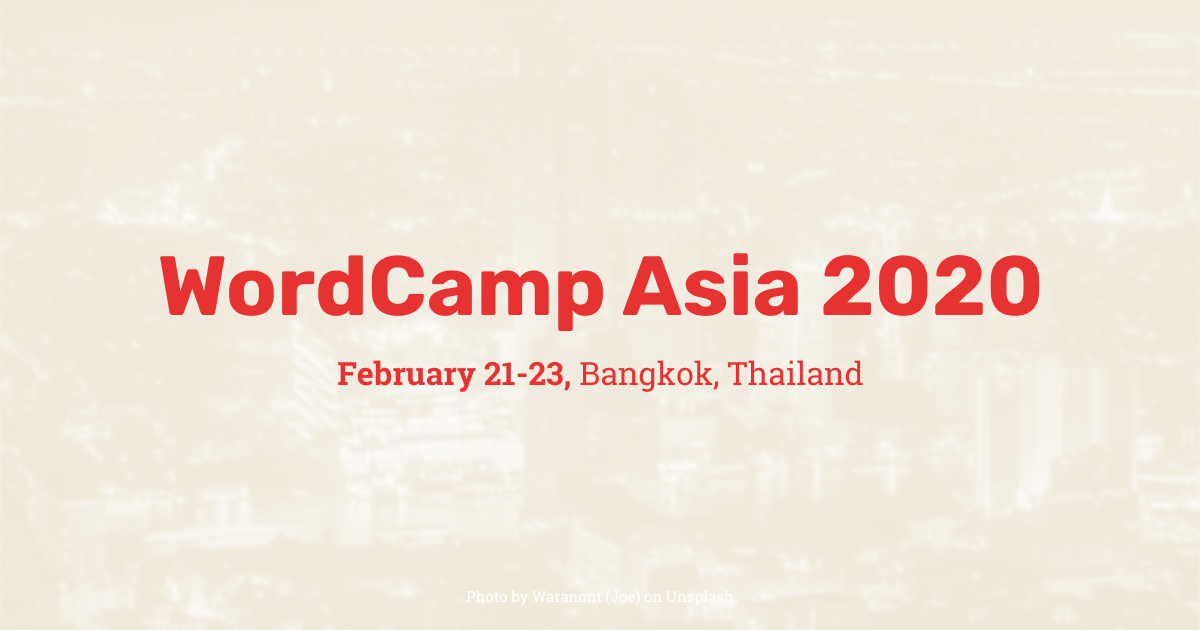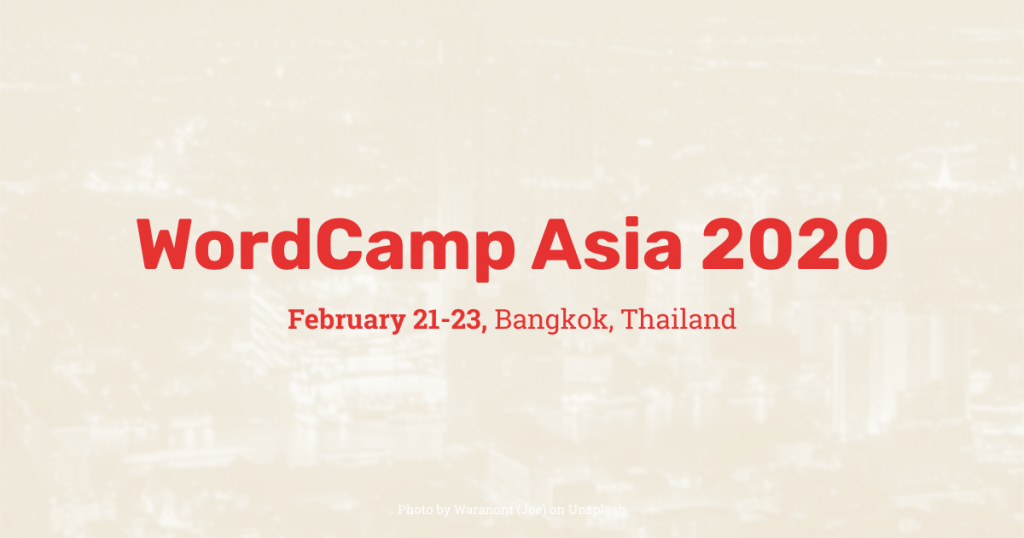The WordPress REST API was merged into core three years ago, laying the foundation for the Gutenberg editor and dozens of other new interfaces in many of the most popular WordPress plugins. What parts of the API have changed since that initial release in WordPress 4.7, and what has stood the test of time? What new features can we expect to see in the REST API in 2020 and beyond? In this talk I’ll share a component maintainer’s perspective on the API project and where it’s going next, including an honest assessment of what’s worked and what hasn’t in the first three years of the API’s life in core. We’ll look at some new API features that can help your applications become faster and more efficient, and close with an overview of how this key part of WordPress gets maintained—including how we can all get involved!
Category: Development
Fastest way of creating Gutenberg blocks with minimal JavaScript knowledge
Adapting to Gutenberg could be challenging for PHP developers who have minimal knowledge of JavaScript and React. It’s a paradigm shift and to re-learn how to do what we did with PHP in JavaScript can be overwhelming. In this talk, I will discuss how a php developer, with minimal js knowledge, can build blocks quickly.
How can the php developers survive the amount of technologies to be learnt for Gutenberg? Can creating a custom block be as easy as running a couple of simple commands?
You will know about my personal experiences that helped me build blocks quickly and allowed my clients to migrate to WordPress site, with the power of Gutenberg. ServerSideRender component can simplify creating the editor representation for dynamic blocks. My talk will show how the wp-cli and dynamic blocks can help anyone who wants to create reusable blocks quickly with minimal JavaScript.
Conclusion:
My talk will leave you with a clear understanding of how you can dive into block development quickly without knowing much JavaScript, then expand your knowledge further into the areas of our need.
Advanced Performance & Scalability for PHP Developers
Through both theoretical principles and practical real-world examples we’ll examine what performance and scalability mean from a server-side development perspective and how you can optimize for them.
We’ll cover basic mechanisms like profiling, deferred processing and caching first to make sure we got the big chunks out of the way.
Then we’ll dive deeper into code that simply needs to run faster or in a more scalable way, covering things such as loop optimization, static data, opcaches and other mysterious concepts.
Automating your QA through Visual Regression testing
This will have an introduction to Continuous Integration and
Deployment (CI/CD) in automating the QA process of visually comparing
changes after a WordPress core, plugin or theme update.
Topics include:
- Introduction to Automation / CI / CD
- What is Visual Regression
- CI / CD choices
- What are different Visual Regression tools
- Limitations of Visual Regression
- Demo of a CI/CD Sample setup
This will utilize the new GitHub Actions for the CI/CD and BackstopJS
and compare the difference after a change.
How Modern JavaScript Influences WordPress Development
WordPress has always been recognized as a very welcoming platform for developers at any level of expertise. Introduced in WordPress core over a year ago, the block editor not only brought an entirely new editing experience for users, but it also redefined the way plugins and themes are developed.
In this talk, I want to present how the JavaScript ecosystem has flourished in recent years, creating a wide range of opportunities for contributors working on the Gutenberg project. At the same time, I want to explain many of the architectural decisions that have sought to make the transition as smooth as possible for those familiar with developing products and services based on WordPress.
Building for the Block Editor (Gutenberg)
The idea behind this talk is to talk about how to build products, existing or new, for the Block Editor editor. When the editor was about to be ship with WordPress 5.0 version, a lot of companies and developers started to build blocks and all sort of things to make their products compatible with the new Block Editor.
But in the process, most of the products were made compatible with the Block Editor but not for the editor.
Different plugins used different approach without understanding the design language of the Gutenberg project and still used TinyMCE-like design pattern for their products.
This talk explores and talks about how you can build products that look native to the Block Editor, that use editor’s design language and make them look a part of the editor.
We explore the different APIs that the new editor brings in to play, like the Blocks API, Sidebar API and a lot more, and see how we can use different elements to the editor to make beautifully designed projects.
It also explores the design language of the Block Editor and some examples of how some popular plugins, like WooCommerce, Yoast & etc, have integrated their existing functionality with the new editor.

